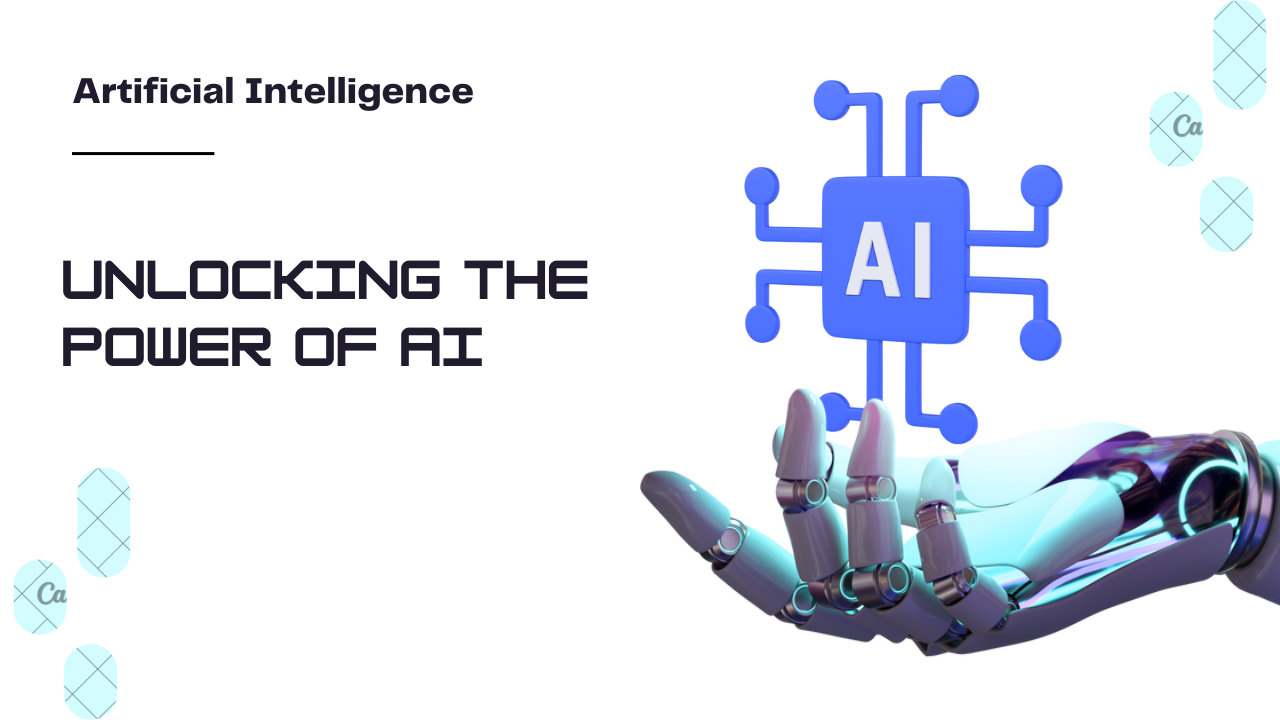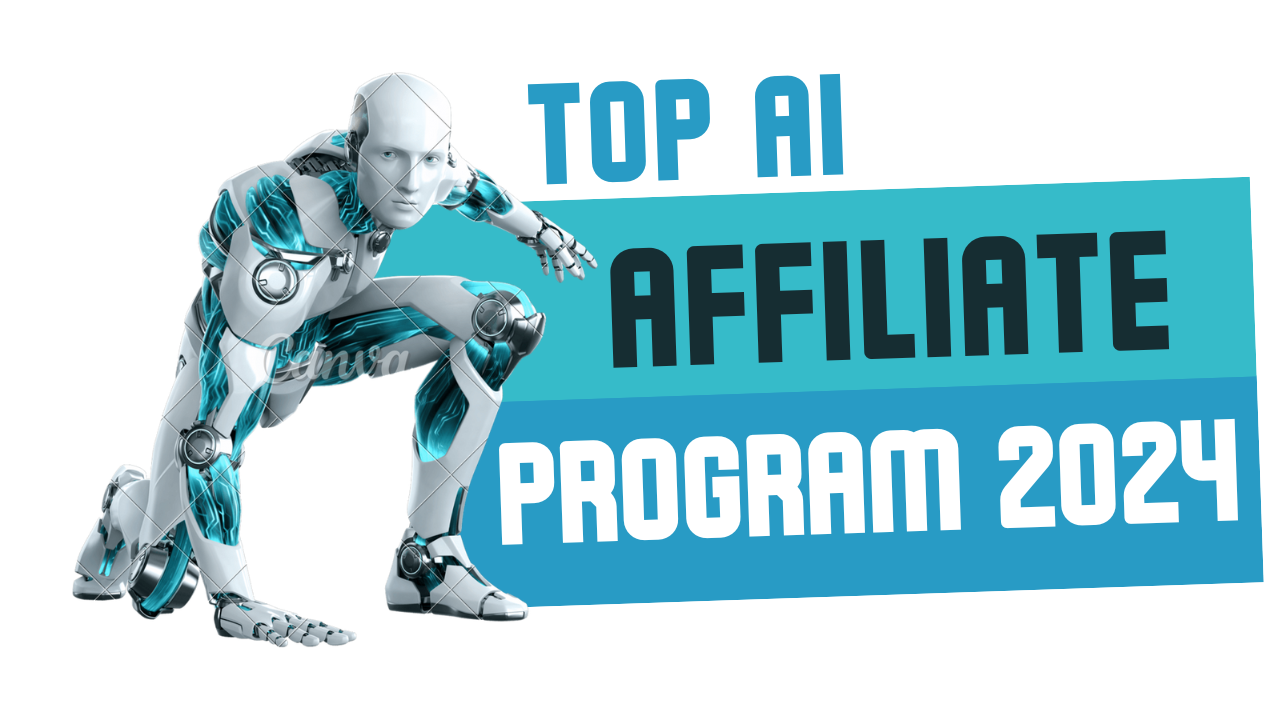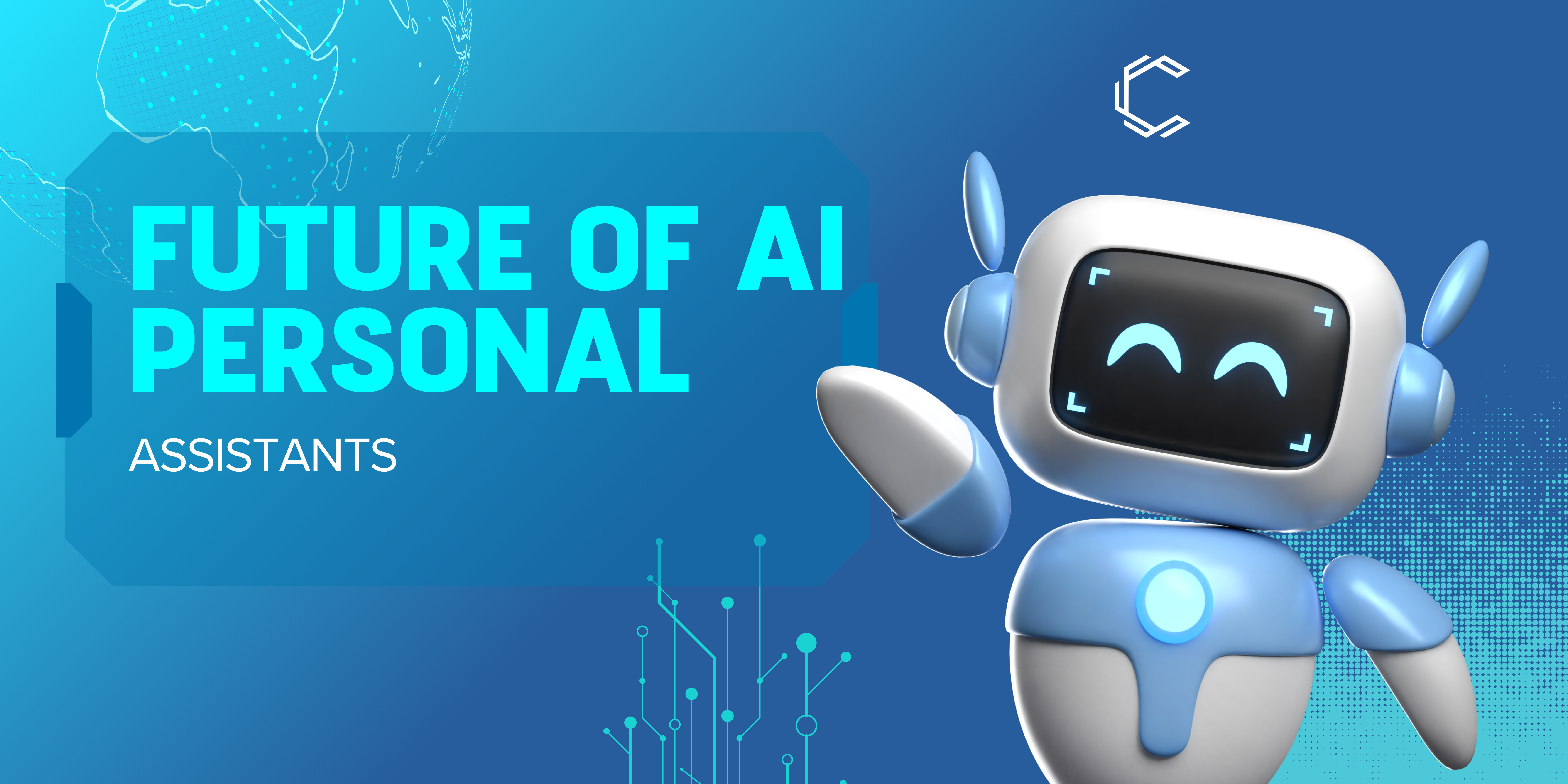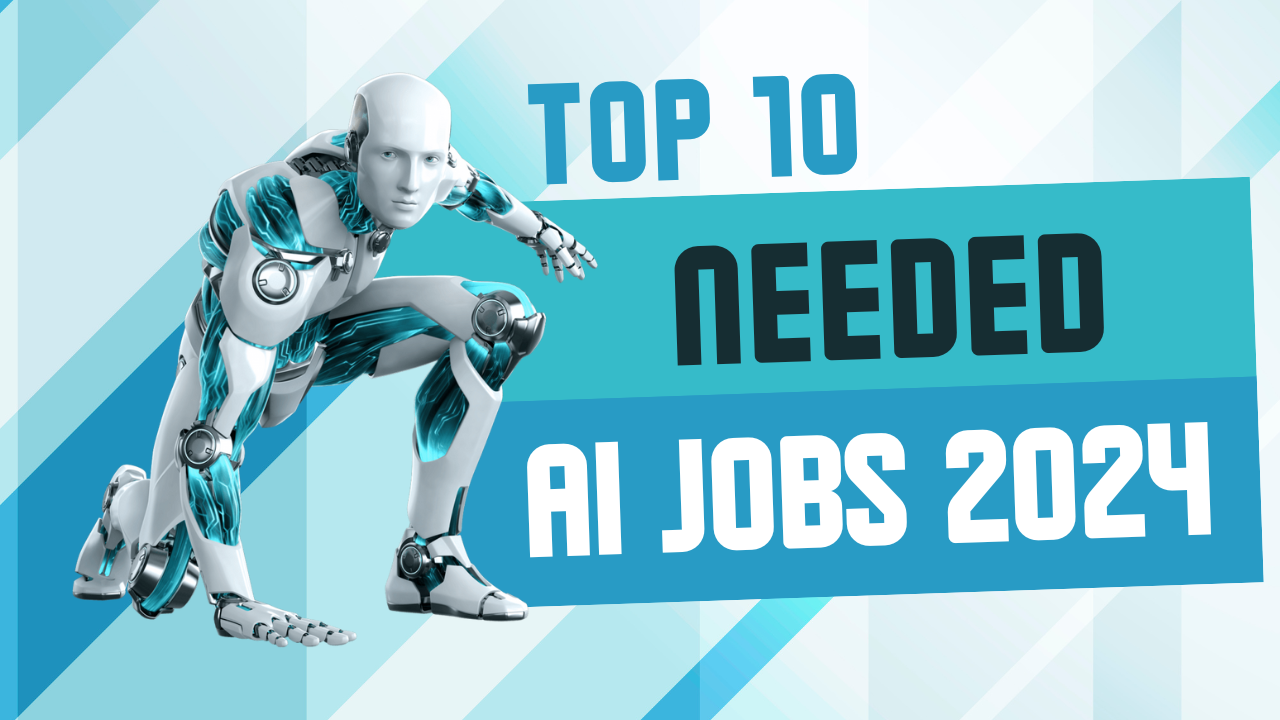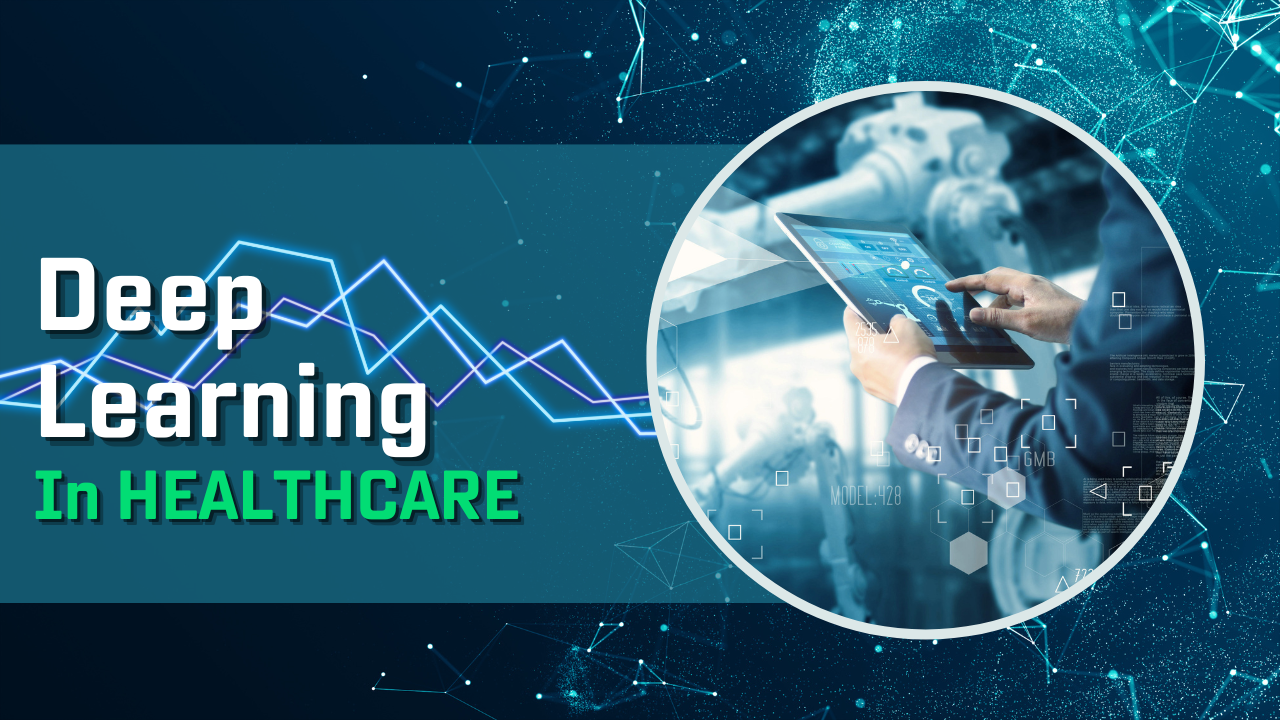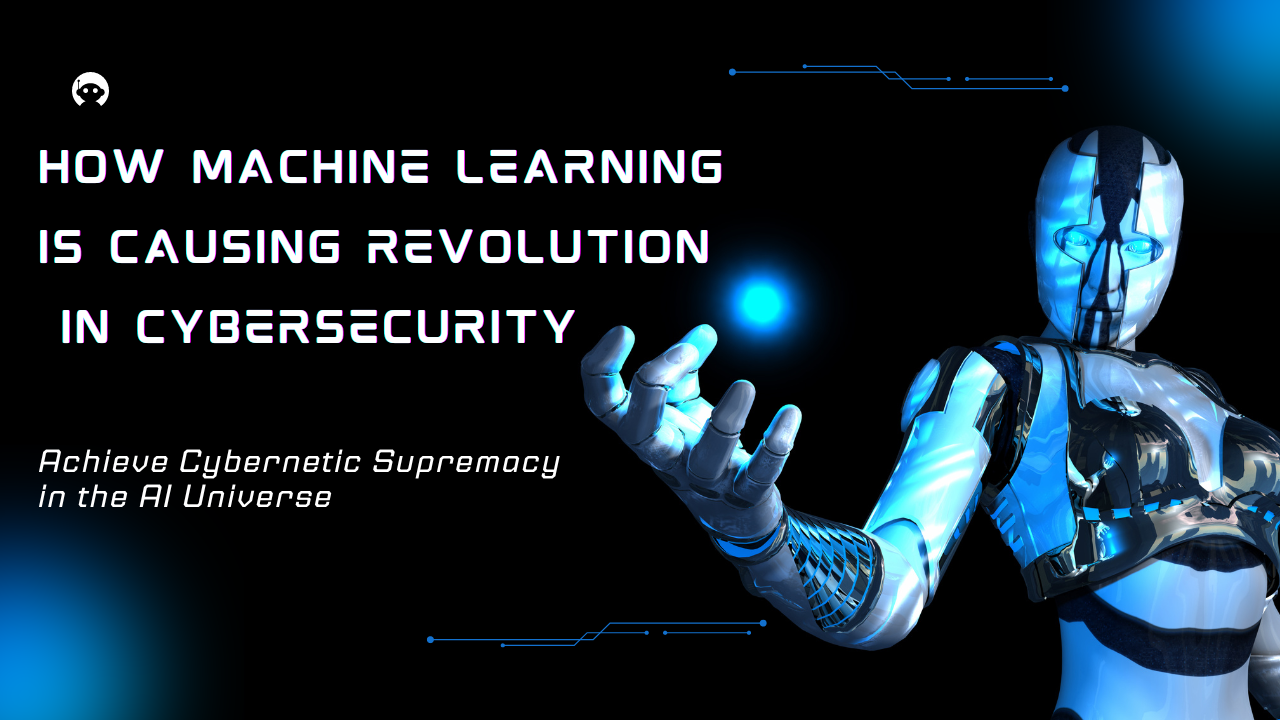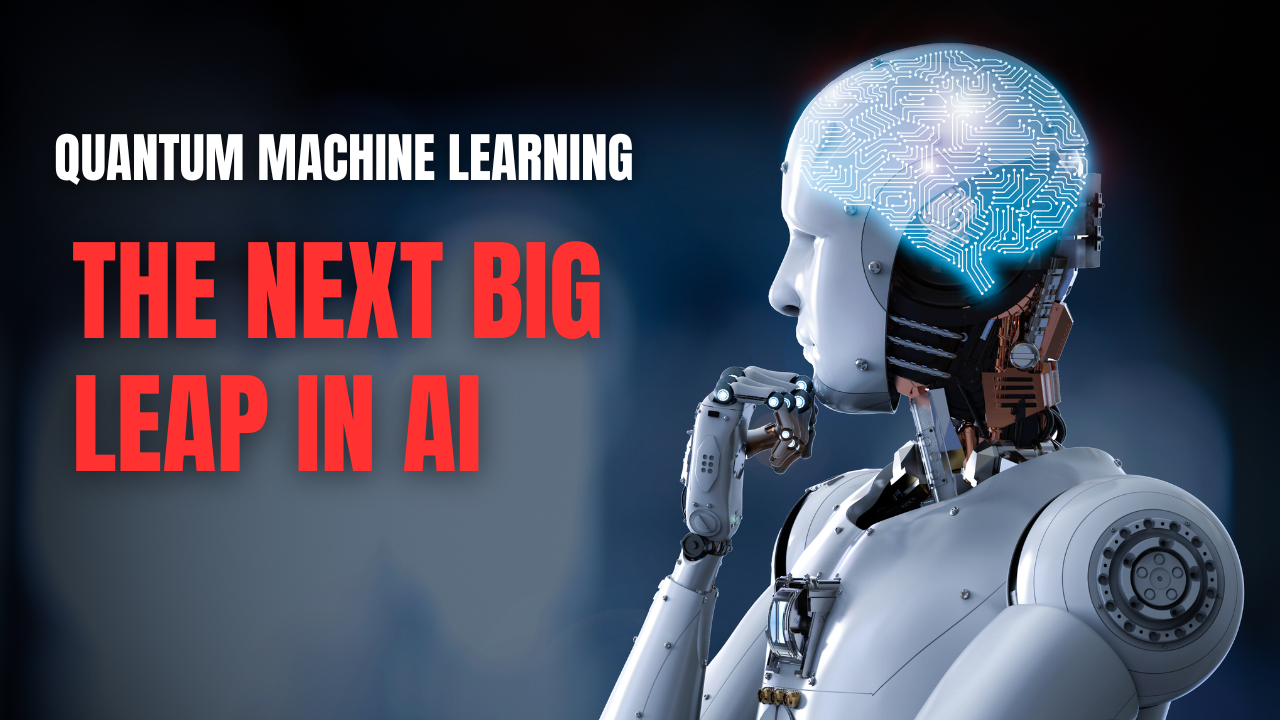IntroductionArtificial Intelligence (AI) keeps causing a revolution in industries all over the world increasing the need for skilled workers in this changing area. Knowing the most needed AI positions can help those looking for jobs and those already working stay updated. This article lists the top 10 AI jobs in 2024 showing their tasks needed skills, and ways to advance in these careers.1.AI Research ScientistJob Profile and Duties:AI Research Scientists create new algorithms and models to develop the area of AI further. They do leading research, publish results, and work with other scientists and engineers.Needed Skills and QualificationsPh.D. in Computer Science AI, or a similar areaGood programming skills (Python C++, and others)Knowledge of machine learning frames (TensorFlow, PyTorch)Strong skills in analyzing and solving problemsIndustries and Companies HiringTechnology companies (Google, Microsoft, IBM)SchoolsResearch labsExpected SalariesTypical yearly salary: $120,000 – $160,0002.Machine Learning EngineerJob Profile and Duties:Machine Learning Engineers create and set up machine learning models and systems. They handle data preprocessing, train models, and manage deployment to ensure models are effective in production.Needed Skills and QualificationsBachelor’s or Master’s in Computer Science or a related fieldSkilled in machine learning algorithms and frameworksGood at programming (Python, Java, R)Trained in data analysis and building featuresIndustries and Companies HiringTech companies (Facebook, Amazon Apple)Financial servicesHealthcareExpected SalariesAverage yearly pay: $110,000 – $150,0003.Data ScientistJob Profile and Duties:Data Scientists study big sets of data to find important insights and help with business choices. They use statistics, machine learning, and data visualization tools to make sense of complex data.Needed Skills and QualificationsDegree in Data Science, Statistics, or related areaSolid analytical and statistical abilitiesSkill in programming languages (Python, R, SQL)Background in data visualization tools (Tableau, Power BI)Fields and Employers HiringTechnologyE-commerceMarketingExpected SalariesTypical yearly pay: $95,000 – $130,0004.AI Software DeveloperJob Profile and Duties:AI Software Developers make apps and systems using AI technology. They focus on creating AI-driven software solutions to meet business needs.Needed Skills and QualificationsBachelor’s degree in Computer Science or a related subjectGood at coding in languages such as Python, Java, and C++Worked with AI tools and systems like TensorFlow and KerasGreat at solving problemsIndustries and Companies EmployingSmall tech companiesBig companies that make softwareCar manufacturersExpected SalariesYearly average pay between $90,000 and $130,0005.Robotics EngineerJob Profile and Duties:Robotics Engineers create, make, and look after robotic systems. They focus on adding AI to help robots do complex jobs on their own.Needed Skills and QualificationsDegree in Robotics, Mechanical Engineering, or a similar areaSkilled in programming languages like C++ and PythonUnderstands robotics hardware and softwareHas strong skills in analysisIndustries and Companies HiringManufacturingHealthcareAerospaceExpected SalariesYearly pay ranges from $95,000 to $140,0006.Computer Vision EngineerJob Profile and Duties:Computer Vision Engineers create systems that allow computers to understand and decide based on visual information. They focus on uses such as recognizing images, detecting objects, and analyzing videos.Needed Skills and QualificationsBachelor’s or Master’s in Computer Science or a similar areaStrong understanding of computer vision algorithms and methodsProficient in programming languages (Python, C++)Work experience in computer vision frameworks (OpenCV TensorFlow)Industries and Companies HiringAutomotiveSecurityHealthcareExpected SalariesAverage yearly salary: $100,000 – $140,0007.Natural Language Processing (NLP) EngineerJob Profile and Duties:NLP Engineers create systems that can understand, interpret, and react to human language. They work on projects like chatbots, language translation, and sentiment analysis.Needed Skills and QualificationsBachelor’s or Master’s in Computer Science, Linguistics, or a similar areaSkill in NLP strategies and instrumentsStrong skills in programming (Python, Java)Work experience with NLP tools (NLTK spaCy)Industries and Workplaces HiringTechnologyClient supportMedical careExpected SalariesYearly average salary: $95,000 – $135,0008.AI Ethics SpecialistRole Summary and Duties AI Ethics Specialists make sure AI systems are made and used in a responsible way. They manage ethical issues such as bias, transparency, and responsibility in AI.Needed Skills and QualificationsDegree in Ethics, Philosophy, or a similar areaUnderstanding of AI technologies and their effects on societyExcellent skills in analysis and communicationAbility to create and implement ethical rulesIndustries and Companies HiringTechnologyGovernment bodiesCharitable organizationsExpected SalariesTypical yearly income: $80,000 – $120,0009.AI Product ManagerJob Profile and Duties:AI Product Managers manage the creation and introduction of AI-driven products. They collaborate with teams from various functions to make sure products satisfy market demands and business objectives.Needed Skills and QualificationsDegree in Business, Computer Science, or a related topicWork experience in product leadershipUnderstanding of AI technologyStrong skills in guiding and communicatingIndustries and Companies Searching for WorkersTechnologyFinanceHealthcareExpected SalariesAverage yearly pay: $100,000 – $150,00010.AI ConsultantJob Overview and Duties AI Consultants help companies to implement and use AI technology. They give strategic advice and technical knowledge to improve business tasks and results.Necessary Skills and CredentialsDegree in Computer Science, Business, or similar areaDeep knowledge of AI systemsGood at solving problems and communicatingWorked in consulting or advising jobsIndustries and Companies HiringConsulting agenciesTechBankingSalary OutlookTypical yearly income: $90,000 – $140,000ConclusionThere is growing need for AI experts, with many job options in different sectors. By knowing these sought-after AI roles, you can get ready to have a great career in this thrilling area.Extra HelpCourses and Certifications: Coursera edX, UdacityJob Boards: Indeed, Glassdoor LinkedIn

